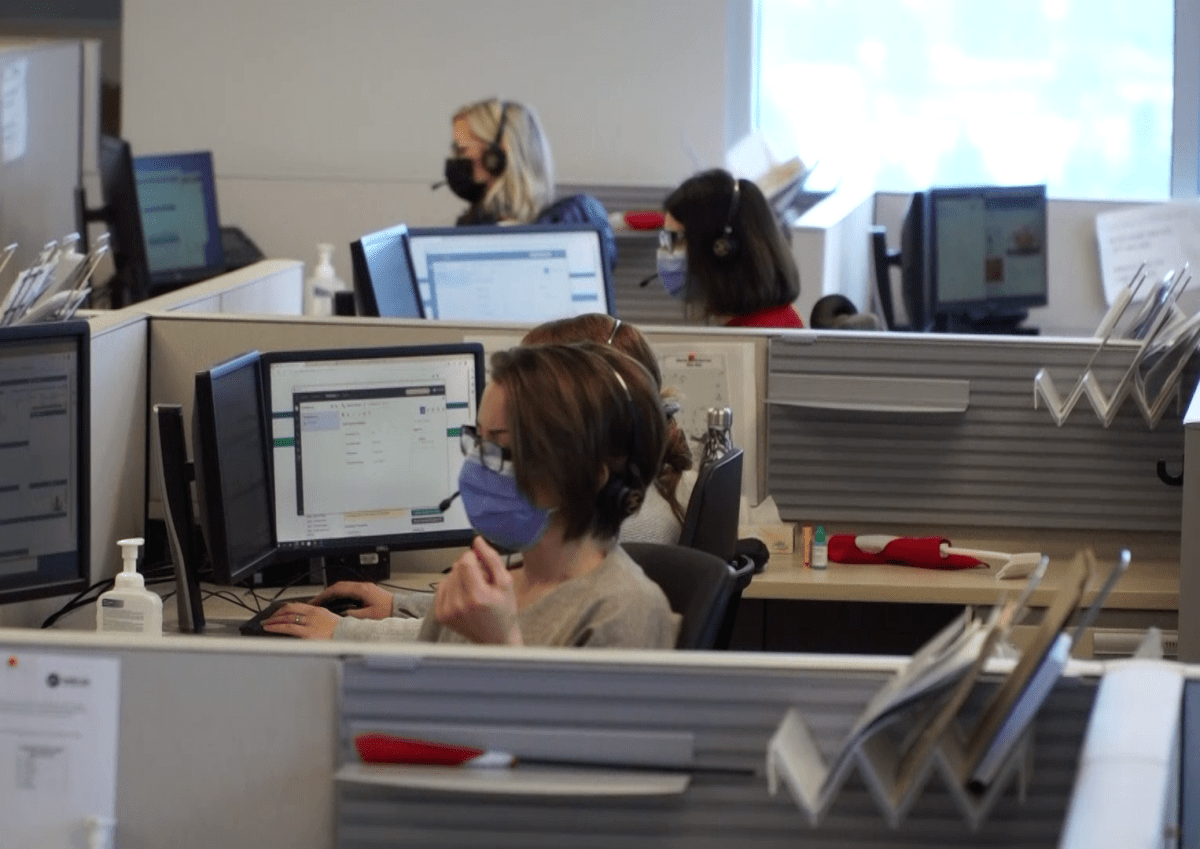The Alberta provincial government has called in some help for people looking for EMS response. Registered nurses will now be available for Albertans calling 911 for medical assistance, but whose symptoms are lower in severity.

On Thursday afternoon, Health Minister Jason Copping said calls evaluated as lower in acuity will be transferred to a registered nurse at HealthLink 811 via a new, dedicated phone line, known as the EMS-811 shared response program.
“This change frees up paramedics to focus on life-threatening and urgent calls,” Copping said. “Transferring calls to 811 will also help those who need support with non-urgent conditions but don’t know what to do or where to turn.”
The health minister estimated this could divert up to 40,000 calls a year where ambulances aren’t needed.
Copping said the program was soft launched in mid-January.
When Albertans are connected to EMS after calling 911, an EMS operator does a preliminary evaluation and dispatches an ambulance. Further evaluation that reveals the call as non-serious and non-urgent are then transferred to a registered nurse at HealthLink, calling off the ambulance response.
RNs can still transfer the call back to EMS, via a dedicated line, requesting an ambulance if needed.

AHS administrator Dr. John Cowell said in the couple of weeks the program has been running, six per cent of calls to EMS operators were diverted to the 811 RNs.
The provincial health authority estimates non-urgent calls account for between 10 to 20 per cent of total call volume.
Copping said more resources are being added to 811 to compensate for the anticipated added call pressure, but an 811 official said the shared response program is separate from general calls to 811 and should not impact wait times for the public.
Mike Parker, president of the Health Sciences Association of Alberta, said the availability of RNs for EMS calls won’t solve the long-term problem of not enough emergency communications officers (ECOs), otherwise known as operators.
“This government seems like it will do anything but add permanent staff to solve staff shortage issues in Emergency Medical Services (EMS),” Parker said in a statement.
“Albertans want an ECO waiting to take their call and to quickly dispatch help when they are in an emergency. Process change may help a bit but it doesn’t address the full scale of the problem.”
Parker reiterated the HSAA call for improved working conditions for paramedics and for the province to hire more folks to fill ambulances and call centres.
“Until we see more permanent paramedics and ECOs, Albertans will still be waiting to see that any help is on the way.”
The Opposition called the move “tinkering around the edges rather than hiring and retaining” EMS workers, pointing to calls from paramedics to get off shift on time and improving harm reduction to reduce drug poisoning calls.
“The fact that there were no paramedics at the government’s press conference today speaks volumes to me about their adversarial relationship with front-line health-care workers,” Edmonton-City Centre MLA David Shepherd said in a statement.
On Wednesday, the Alberta NDP released documents showing red alerts — instances in which ambulances are unavailable — increased from an average of 40 per month in April 2019 to 400 in October 2022.

Cowell said the diversion of EMS calls to RNs is part of a suite of responses aiming at driving down ambulance wait times.
He also announced the opening of the qualification process for an interfacility transfer service, a previously-announced initiative.
The provincial request for expression of interest and qualification posted Thursday sought vendors to provide patient interfacility transfer services “via alternative modality,” as dispatched by AHS.
“AHS is seeking (a) provider of transfer services to address the needs of the patients and ensure safe, timely and cost effective transport,” the expression of interest reads.




Comments